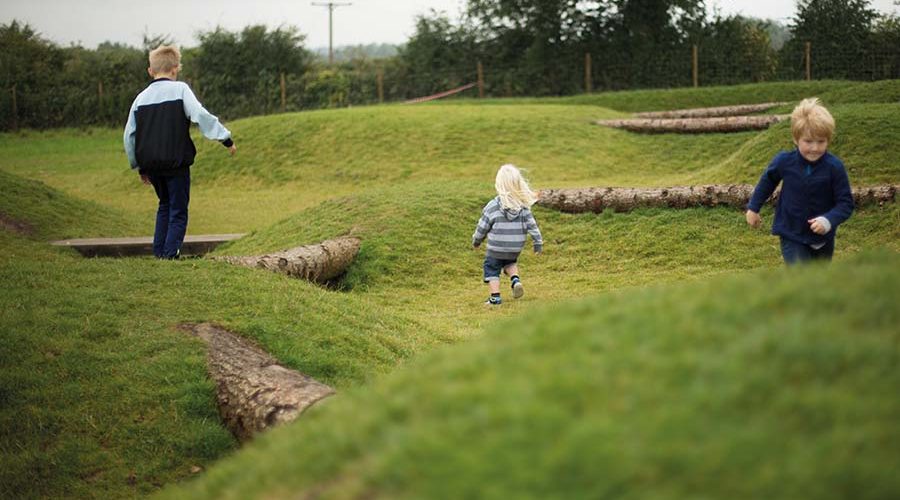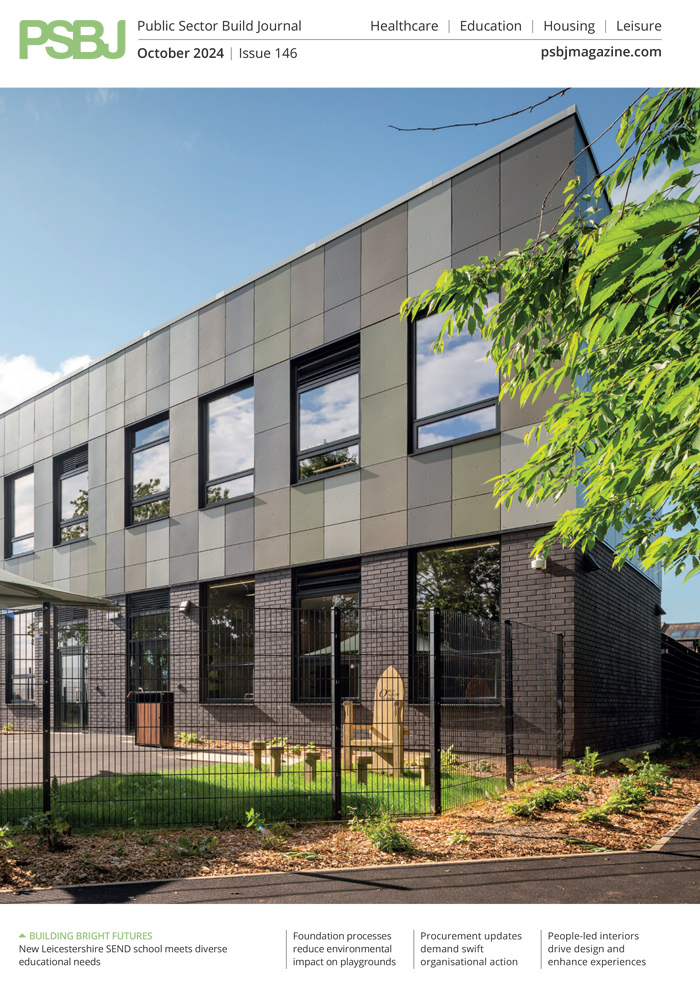In this article, Timberplay explores the importance of play and exercise for children in these unprecedented times and how play will have a huge impact on post-pandemic planning.
Timberplay
Lockdown, stay at home, social distance, schools closed for some, schools open for others – the world at the moment is confusing for many children and it has been extremely tough for them to manage and understand. As we begin to slowly move out of the global crisis, we begin to consider the impact of play and exercise on children, and how post-pandemic planning for the public realm can create a world that nurtures its children and green spaces. But how will our post-pandemic world look?
Communities have recognised the importance of public spaces during the pandemic; from local access to green space for exercise to social hubs such as parks. No matter which we are talking about, these places are always at their best when they are vibrant, create an atmosphere and provide a safe place for communities to gather where children are able to express themselves.
One of the places where we see the biggest impact on children from coronavirus restrictions is that many have been unable to learn social skills. They haven’t had access to schools, nurseries, sports clubs etc. that pre-pandemic would have been well-used and fundamental in aspects of their development. However, some positive changes have been observed, such as an increase in families walking, cycling and running together who beforehand may have not gone out for exercise and instead spent time indoors undertaking sedentary activity. There is some belief that this may even extend to children looking back on lockdown with some fondness of a slower pace of life and family togetherness.
It goes without saying that day-to-day exercise has huge benefits for children – from reducing obesity levels to mental health benefits. Exercise has been a fundamental tool during these unprecedented times for children to release their emotions and deal with their frustrations and conflict. Play is a great device to get children to exercise without necessarily making them feel like they are, it is informal and relaxed, it has no set rules and allows children to use their imaginations.
Play can happen anywhere, and although there may be advantages to play in green spaces, during the pandemic play has happened in streets and gardens. There has been a return to some fundamental play types; playing with mud and rainwater, and making snowmen. Without the opportunity for formal and informal play during this pandemic, many children would be faced with even greater challenges to their development.
Unfortunately, access to the outdoors has not been available for all. Some children have been forced to play indoors, with little access to outdoor play provision. This is particularly poignant for children living in built-up urban environments and flats without gardens. With little space to express themselves, it can become easy for them to feel trapped, and the lack of access to play is having a hefty negative impact on mental health.
The big question for play is will post-pandemic planning ensure that it is at the forefront of public realm design, and accessible for all? The fact that our parks, in particular, became destinations during the pandemic has bolstered community backing and public recognition of the vital importance of these spaces. Conversely, our city centres have taken a battering with shops and the hospitality sector under enormous pressure. These businesses are going to need help to regenerate footfall and reinvigorate the high street. To do this, we need to take advantage of the pent-up demand and frustrations caused by lockdown, to make our public spaces more attractive for all – and crucially include children in this. To encourage footfall and make our high streets places where people of all ages want to visit, we must see a regeneration of spaces to make them more child-friendly and encourage people to shop as families, but also make use of play facilities and encourage outdoor activity.
In general, making the public realm family-friendly helps to create a vibrancy and atmosphere that will bring communities together. Planning must allow for the engagement of all ages. We have all seen situations where a parent has wanted to stop for a moment to enjoy some space but the child becomes bored or, similarly, it’s not much fun for a child being dragged through a space at breakneck speed to get the trip over and done with as quickly as possible. Designing those spaces for all will make the spaces much more successful, increasing dwell time and associated spend in nearby shops and cafes, bringing about a greater connectedness with the city. This will then lead to opportunities for interactions with fellow citizens, an improvement in people’s lives and mental health of all ages.
Doorstep play is also one way in which planning must consider ways to offer play for all, and at a local community level. Over the last few decades, there has been a huge change in the restrictions that children are faced with when it comes to roaming. Many children are now unable to leave their local street or garden without an adult, meaning they are losing some aspects of independence and have less access to play. In compensation, lots of fenced and designated play spaces have been developed, but what does this say? Is it that “we know it’s important for you to play and that’s not so easy now, so here is a special place for to play” or are we saying, “this is the only place you can play”? The former is positive, the latter is disturbing.
The main change we must see post-pandemic is child-led planning. We see that planners are promoting the introduction of play into the public realm but they often have fixed views about what that should be, typically dominated by playgrounds. But playgrounds themselves are all too often designed around adult anxieties rather than children’s needs and it’s not necessary for a space to look like a typical playground for it to have play value. Children can find play value anywhere and post-pandemic, this will be key to engaging them socially back into communities.









